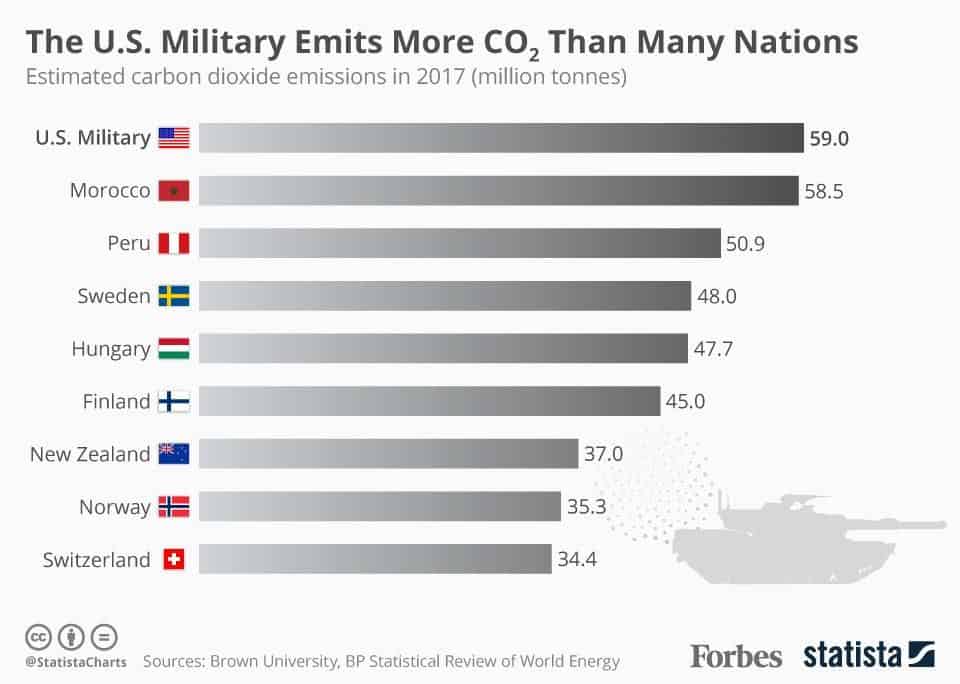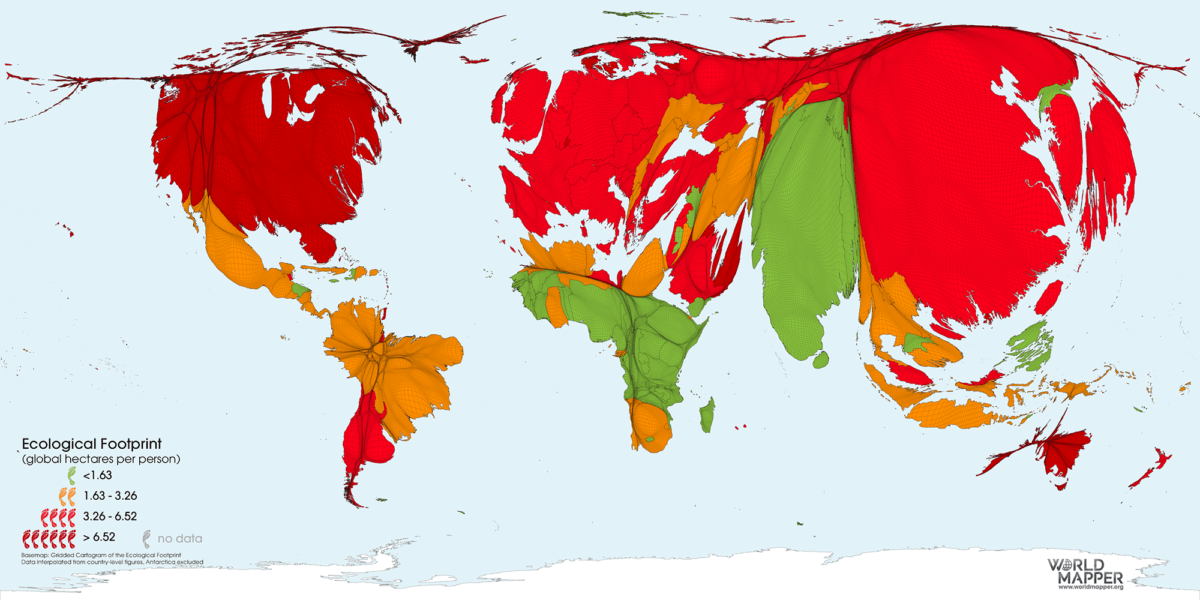“If we don’t change our direction, we will go where we are headed.”
–Lao tzu
Want to read the scientific study where this data comes from? Go here.
Stepping lightly on the Earth
Americans constitute 5% of the world’s population but consume 23% of the world’s energy, more than China and Russia combined. Americans eat 815 billion calories of food each day, 200 billion more than needed. Those surplus calories are enough to feed 80 million people, PLUS Americans throw out an addition 200,000 tons of edible food, daily.
And don’t you Brits go patting yourselves on the back, either…it’s no secret that the imperialist countries take way more than their share, but the real numbers are quite astounding, and I encourage you to read them for yourself.
Remember the third ethic? It was about caring for the future, caring for other species, and not taking more resources than we can regenerate.
But, how do we measure that?
With a set of tools known as “ecological footprint,” “environmental footprint, “carbon footprint,” “water footprint,” etc. These simple assessments allow us to see, on a personal, regional, national, and global scale, how much out of balance we are and, theoretically, give us a starting point from which to tip the odds back toward sustainability.
If we mean it about permaculture and whole-systems design, then we are trying, daily, to make this happen. We may fail daily too, but we keep trying anyway.
These simple assessments allow us to see, on a personal, regional, national, and global scale, how much out of balance we are and, theoretically, give us a starting point from which to tip the odds back toward sustainability.
If we mean it about permaculture and whole-systems design, then we are trying, daily, to make this happen. We may fail daily too, but we keep trying anyway.

Our overshoot day gets earlier every year.
Each country and region has its own “overshoot day,” which is the day each year when we have exceeded our capacity to put back what we have taken from the planet that year.
Don’t be fooled by the illusion that there is any sort of reset! We have been operating at a defecit for decades so…do the math.

This video, from Global Footprint Network, gives an excellent overview of these tools.
The smart folks who made this video host a website packed with resources, such as case studies and piles of data.
How to calculate your varied footprints
- WWF offers a calculator, backed by data and updated frequently.
- This one focuses on your carbon footprint, and uses a slightly different set of questions.
- Try this water calculator too.
- Earthrangers.org, which focuses on doing cool environmental stuff with kids, offers this downloadable personal ecological footprint calculator, which you can print out and do with folks in your community, offline.
Want to learn more about this and other topics related to permaculture, sustainability, and whole-systems design? We offer a range of FREE (donations optional) online courses!
Relevant Links and Resources
This article discusses 10 simple things you can do to reduce your ecological footprint.

This article is packed with tons of geeky data.
And then there is this article, which presents a whole bunch of important points, (but no, it doesn’t let you off the hook.)

Here’s an interesting perspective, Another Overshoot Day, Gone to Hell. (Note that the Earth overshoot day in this article, written a decade ago, was a month later than it is now.)





